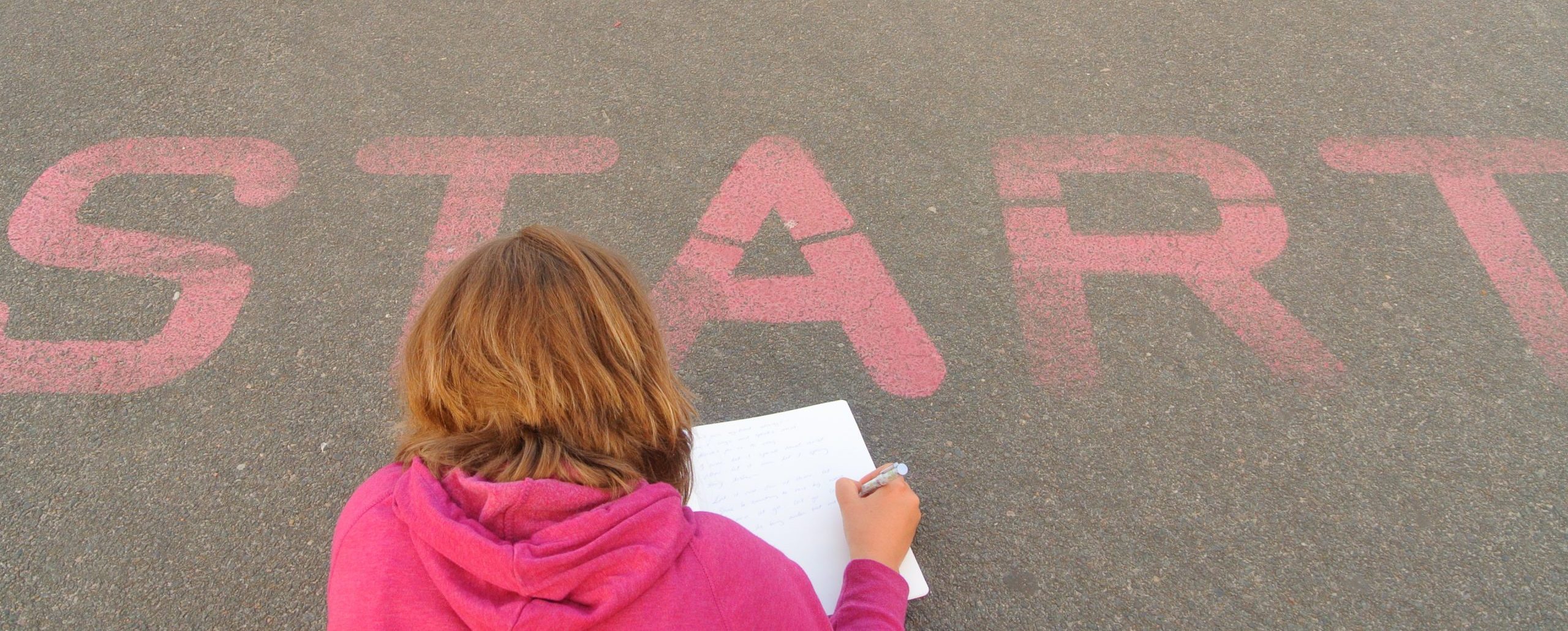
Overall, I find it important to meet people where they are, listen carefully to the group, offer structure, be direct and compassionate, and communicate clearly.
I carry with me a toolkit of strategies to move into less thinking and more creating and to connect with the ways in which we are inherently creatively smart. Over the years I’ve watched many students sit down to do a three-minute freewriting exercise and discover that they actually had their own writing style and voice and had something to say. It can be simple like that. I think it is vital to make room for our creative impulses and then learn the tools that will help expand and deepen them.
Although I have learned many useful tools of my craft (and can truly dork out about them), I am most consistently guided by my intuition. There will be moments in every session when I will drop into that intuition, listen to it, and share with you the images, ideas, and thoughts that come up. From this input, I always encourage you to take with you what fits, what works, and what makes sense to you.
In my workshops and consultations, I always focus first on what works. The intention when giving feedback has to be, “I want you to feel motivated to keep going…”. How often in our day do we get feedback that we didn’t really care to hear from someone that was in a bad mood that day, but that creatively blocks us for weeks? That sucks. If we look at our writing with an eye for what works, then, that is what expands. The writing gets better. I have seen it happen consistently with students over countless workshops over the last twenty years. It works. And yes, we will edit, and polish and trim and refine our work, as soon as these steps make sense and are the next moves we want to make creatively.
If you would like to get occasional updates about my workshops and events, please sign up for my mailing list here.
Necessary cookies are absolutely essential for the website to function properly. This category only includes cookies that ensures basic functionalities and security features of the website. These cookies do not store any personal information.
Any cookies that may not be particularly necessary for the website to function and is used specifically to collect user personal data via analytics, ads, other embedded contents are termed as non-necessary cookies. It is mandatory to procure user consent prior to running these cookies on your website.